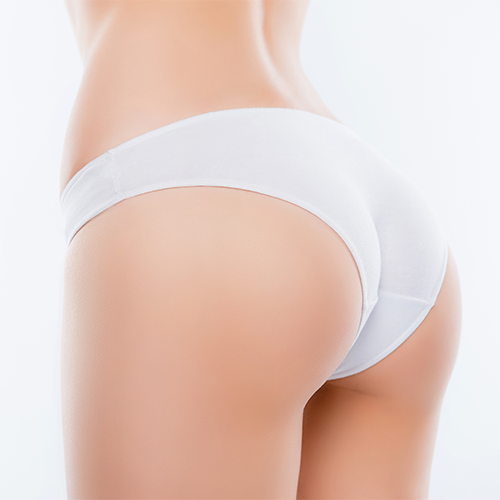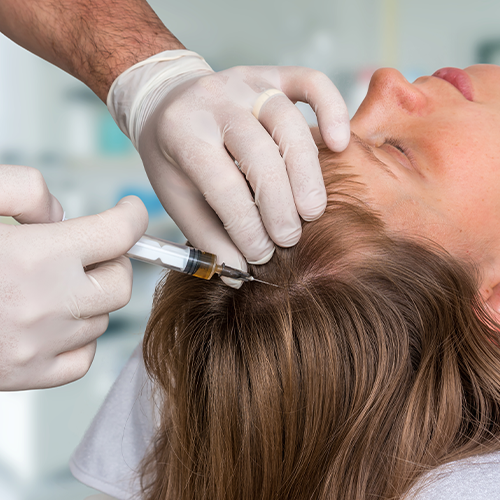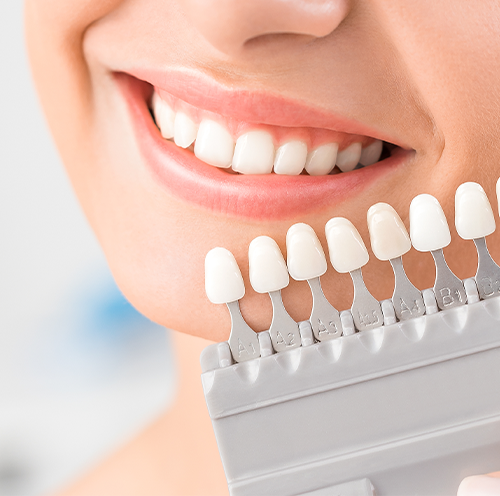
Periodontology is a illness of pus that rots the gingivals and other supporting structures around the teeth. The part of the bone covers the dental root is melt. For this reaason, the gingival does not gum up on root and jawbone.
Gingival pocket is the place that the bacteria cumulate under the gingival. If it is not cure , you can loose youre tooth. Periodontics is a contiunal disease with the progress of the pus of gingivals due to the lacking oral care.You can prevent that if you brush youre teeth reguarly and use dental floss.
Periodontics Patient Compliments and Disease Symptom:
Swollen and sensetive gingivals, shiny red and purplish gingivals, gingival recession, bad foul breath, loose teeth.
Risk factors That Increase the Possibility of Progressing Periodontics
Bad oral care, consume tobacco and nicotine, diabetes, aging, immune sytstem disease, undernutrition, hormonal changes.
A healthy gingival is dense and light pink. If you are gingival has swelling , bleed easily and turns color in dark -red. You should get an appointment from dentist for that issue.
Complication That Causes of Periodontics 
Loss of teeth , atherosclreosis , stroke , birth of low weight , unbounded diabetes ,respiatory problems
Flap Operation
This technique is performed to shallow and regain lost bone tissue. The gingival removed by cutting amount from the gingivial sides. The gingival is spaced and the pus under the tooth is cleaned. Root surface cleaned and flattened. The bone fixed in form and if it is possible the density of bone is increased. The gingiva is given an anatomical shape and sutured back. Local anesthesia is used in the operation. This operation is usually done on half of one jaw at a time. The part of the operation takes about 45 minutes – 1 hour.
Soft Tissue Graft
Gingival recession occurs as a result of periodontitis or some anatomical reasons and sometimes this may necessitate a gingival transplant to that area. Gum transplant takes place in the form of removing a thin piece of gingiva from your palate and suturing it to the missing gingival area. This process positively affects the aesthetic appearance and protects the root from rot by covering the exposed root surface.
The part of the bone covers the dental root is melt. In order to regain some of the melted bone, about 0.5 – 1 mm bone grafts are applied to the bone loss area. The bone graft placed creates the appropriate environment for the patient's own bone to be made.
Periondontics Recovery
You may feel sensibility in that area for 1 day. This is a normal situation after the operation. You can continue your work and daily routine .
The recovery may take about a month in Orenda Health.

 Average length of stay
Average length of stay Length of stay in hospital
Length of stay in hospital Operation duration
Operation duration Anesthesia
Anesthesia Recovery Duration
Recovery Duration




